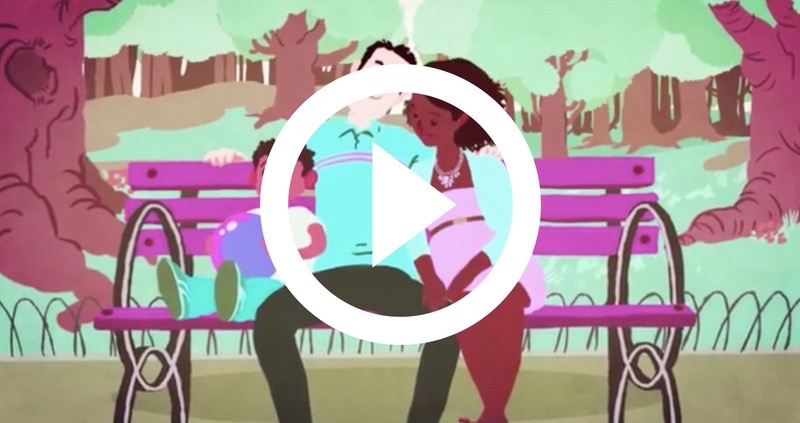
Tantrums—A Fact of Life
By Myrna Lapres
“Meltdowns are terrible, nasty things, but they’re a fact of childhood,” says Ray Levy, Ph.D., a Dallas-based clinical psychologist and co-author of Try and Make Me! Simple Strategies That Turn Off the Tantrums and Create Cooperation. “Young kids—namely those between the ages of 1 and 4—haven’t developed good coping skills yet. They tend to just lose it instead.”
What is it that sets off a tantrum? Basically, every single tantrum results from one simple fact: the child isn’t getting what he or she wants. For children between 1 and 2, tantrums often stem from trying to communicate a need—more milk, a diaper change, that toy over there—but not having the language skills to do it. For older toddlers, tantrums are more of a power struggle. “By the time kids are 3 or 4, they have grown more autonomous. They’re keenly aware of their needs and desires—and want to assert them more. If you don’t comply? Tantrum city” says Levy.
When your kid’s in the middle of a tantrum, it can be tough to keep yourself from having your own meltdown as well. Author, psychologist and trusted guest expert Dr. Eileen Kennedy-Moore says that a parent’s response to tantrums has a big impact on whether they continue or not. “If you pay attention to tantrums, they are going to happen more often. If you get angry in response to tantrums, they are going to escalate.”
So, as a parent, what can you do?
- Take steps to prevent tantrums by being aware of situations that are likely to bring on a tantrum and having a plan (ie. bring a snack and a toy, make sure your child isn’t overly tired, etc.)
- Don’t try to calm your child down, make sure they are safe and then ignore them in order to take away your attention that may fuel the tantrum.
- Remain calm and speak softly; the louder your child is, the more quietly you respond.
- Creating a diverse or distraction sometimes work. We once survived a long car ride in the summer heat by holding a bubble wand to the air conditioner vent and filling the car with magical bubbles!
- Realize that there are two basic tantrum types. Meltdown tantrums occur when the child is overwhelmed, tired, or hungry. The best strategy is to wait for your child to calm down and offer a hug, a tissue and a snack. Dramatic Tantrums involve the child trying to get what (s)he wants. The best response from the parent is to ignore the child’s manipulations so that the behavior isn’t reinforced.
- Don’t worry about what other people will think. Studies have shown that people only judge your reaction to the meltdown. If you remain calm, they will think, “Now that is a great parent.”
One of the biggest challenges as parents is managing our own emotions when our children do unexpected, even “awful” things. Looking back, I realize that it was often these very moments that I learned to be present to my children without trying to fix, manage or organize anything. My mantra became “This too shall pass” and “I am enough.”
Children need to figure out themselves in relationship to the world and we are their guides, their support, and their teachers. The most important thing is that we find ways to take good care of ourselves, learn how to stay as calm as possible, forgive ourselves when we get upset or lose it and reach out to others (spouse, friends, family, a coach) to get the support we need.
Check out my new four-week parenting series “Mission Possible: Raising Resilient, Responsibility, Respectful and Fun-To-Be-With Kids” to support you as you parent your children.






